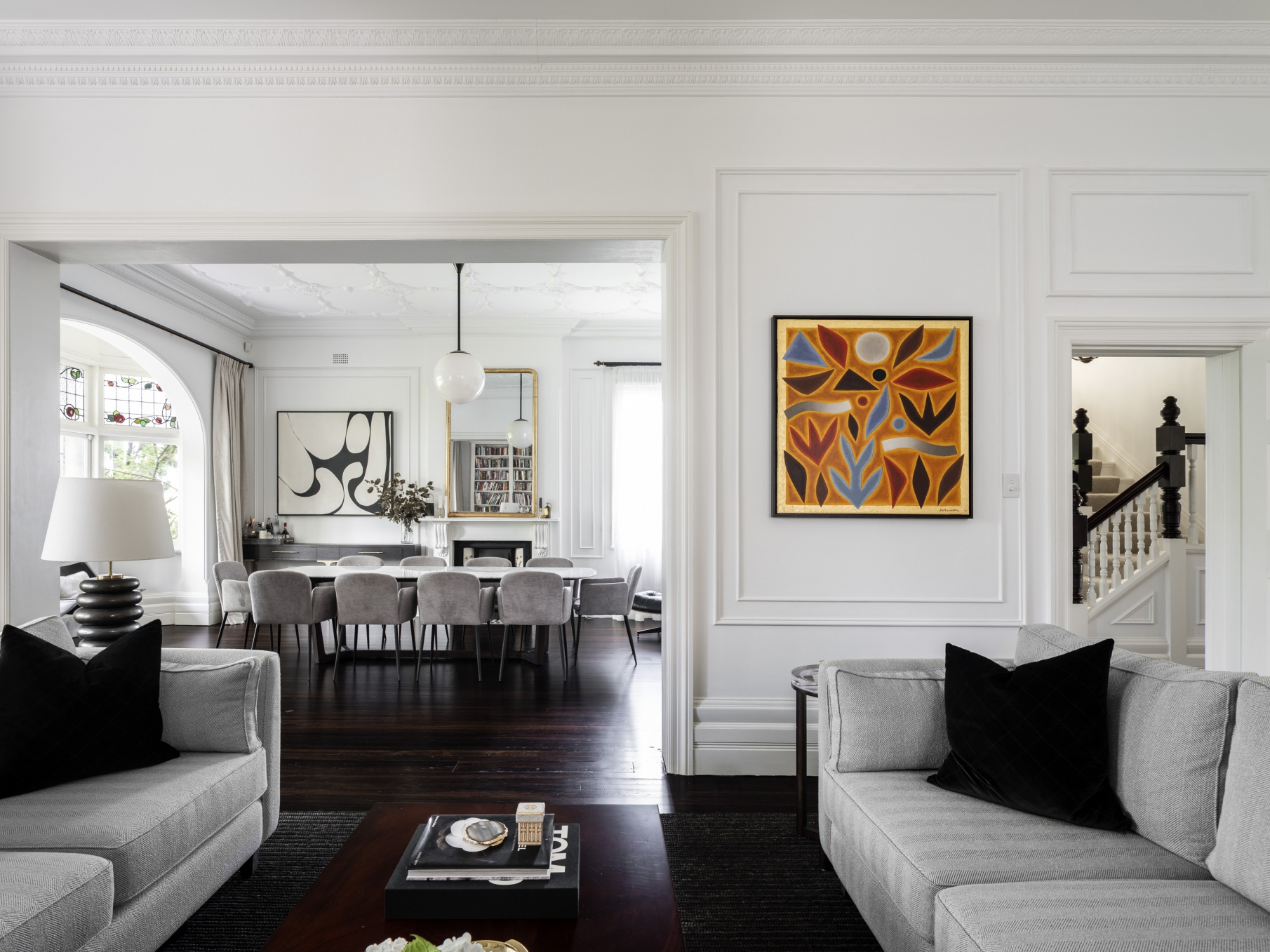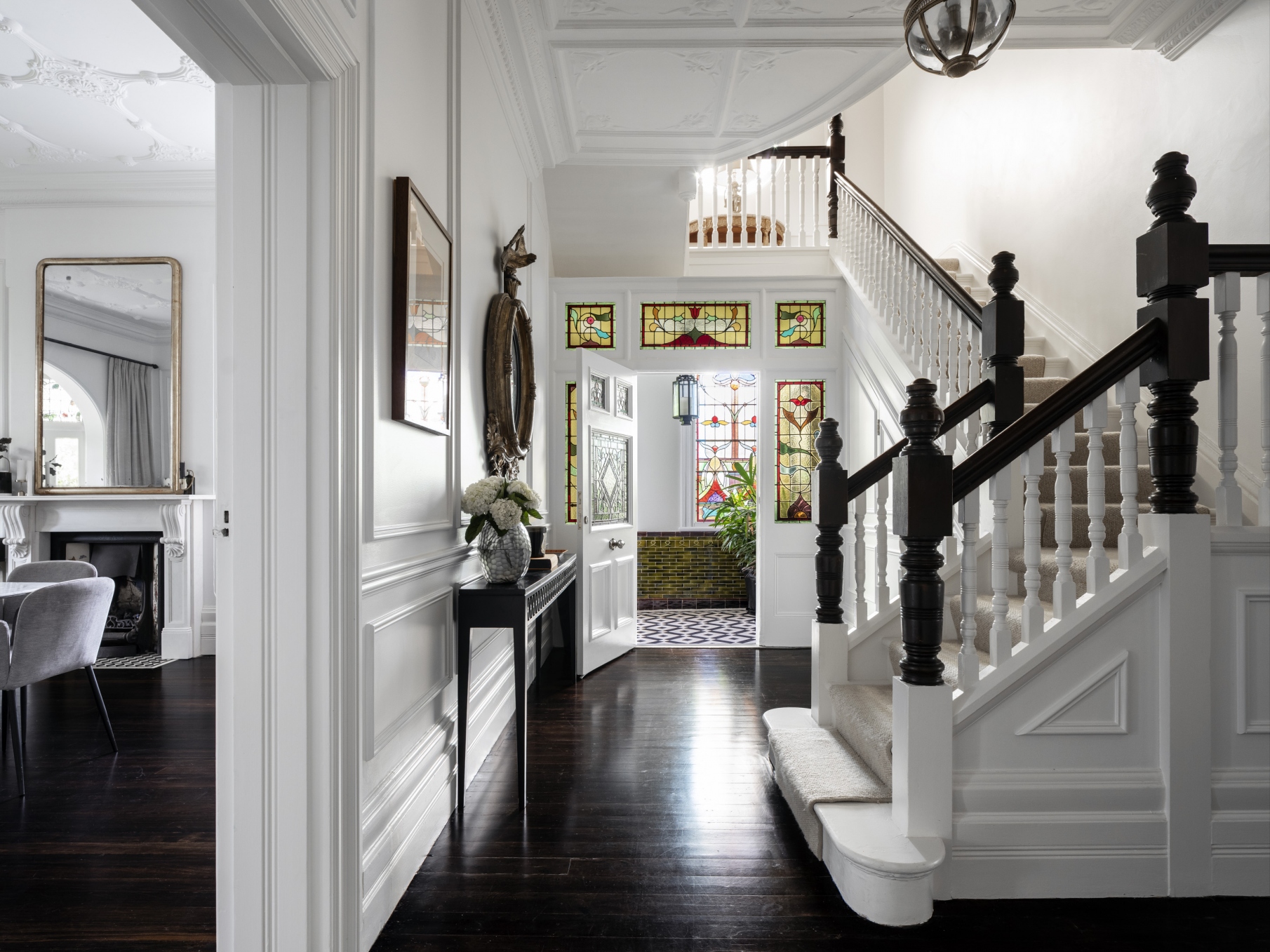Welcome to The Agency National Property Market Report Winter 2022
Introduction - with Geoff Lucas
Managing Director & CEO, The Agency

There is no doubt that this year’s national property market looks very different from the last. Any real estate media report will tell you most of the country is no longer in the days of double-digit price rises, 100% auction clearance rates and buyers paying well above the asking price. Instead, consecutive interest rate rises have taken the heat out of the market, so that we quickly passed through equilibrium into a buyer’s market.
There’s a new level of uncertainty permeating the global economy. Inflation is rising and increasing the cost of living. This is substantially due to supply issues, geopolitical instability and the government’s pump-priming of the economy to deal with the pandemic. Economic stimulus is now being withdrawn and interest rates are rising. Put simply, people have less to spend at the same time as mortgages are becoming more expensive.
Our presence around Australia provides us with the advantage of having a national view of the current state of play. And what we’re seeing is that different markets move in different directions, at different times. There are still pockets of opportunity.
First, the bulk of the recent median price reductions for the three months to June have been concentrated in our two biggest cities: Sydney and Melbourne. Every other capital city (except Hobart, which was flat) is still experiencing some degree of price growth, although we’re expecting these rates of growth to soften and likely turn negative over the next few months. Additionally, we are seeing Perth and WA rapidly escalate on the ‘liveability scale’ with a median house price of just $582,000. This compares with Sydneyat $1.4m, Canberra at $1.07m, Melbourne at $992,000, Brisbane at $885,000 and Adelaide at $688,000.
Second, a slower market is usually a much better time inw hich to move home. Many who sold in 2021’s market would have likely found buying their next property problematic and stressful. Not only does it become more expensive to secure your next residence in a highly competitive market, but fierce competition for properties means you’re also more likely to have to settle for second best. Having time and choice when making decisions around purchasing your greatest asset is an opportunity many buyers have not experienced in recent years.
Finally, the next year has the potential to be a much better market for first home buyers than we’ve experienced in recent times. While interest rates may make mortgages more expensive, saving a home deposit will become easier. It’s possible there is a generation of buyers who have not experienced positive returns on cash balances. This may reignite the passion for planning and saving for a property: aspirations that seemingly disappeared for many in recent years. Combine this with generous State and federal government incentives (including the new Labor government’s ‘Help to Buy’ scheme) and we should hopefully see more first-time buyers entering the market.
This is a fascinating time for the economy, business and real estate. Despite the headlines, there are opportunities – you just need to know where to look. The adage that good properties in good areas will always be a good investment still stands, no matter what market we’re in.

'Lactura' in Centennial Park, Sydney, sold by Ben Collier for circa $20 million.
The National Property Market - with Matt Lahood
Real Estate CEO, The Agency

The past couple of years have been extraordinary ones for Australia’s property market. Between the middle of 2020 and now, the median Australian property value has risen an eye watering 35%. In other words, a property worth $750,000 soon after the pandemic first struck should theoretically now be worth $1,102,500. We can see this growth reflected in Corelogic data showing that in the year to March 2022, one in five properties sold for over a million dollars across Australia.
Of course, the national property market is not uniform - some cities, suburbs and property types have fared a lot worse; but others have fared much better. By-and-large, it has been family homes and properties in premium lifestyle areas - ie those near the coast - that have soared highest. The median house sales price in Byron Bay has hit $3,000,000, in Portsea it is $3.75 million and in Noosa it is now $2.05 million. To put this in perspective, in 2019 Byron Bay’s median house price was $1.42 million, while Portsea and Noosa have seen house price growth of close to 40% over just the past 12 months.
This unprecedented boom has been underpinned by record low interest rates and record borrowing. ABS data reveals the rate of new home loans grew by 82.65% in the December 2021 quarter, shattering the previous record of 55.44%, which had actually been set in the preceding three months. This fell to 35.47% in the March 2022 quarter and 26.51% in June 2022 quarter. This slowing in lending may well have been enough to bring runaway growth to heed on its own. However, it is now being accompanied by interest rate rises for the first time in over a decade.
As a result, we’re starting to see prices in many markets fall - most notably Sydney and Melbourne. So far these falls have officially been moderate ones (-1.4% in Sydney and -0.8% in Melbourne, according to CoreLogic). However, as higher rates begin to affect borrowing capacity, they will also affect buying capacity. This means we’re likely to see prices in both cities come down further. Our agents on the ground are reporting possible declines of 10%-15% in some market segments.
But, as you’ll read in this report, some cities and regions are likely to continue to defy the trend. I recently visited Perth and remain extremely bullish about its local property market. Rents are far higher in the Western capital than other parts of the country (the median yield for a Perth apartment is 5.32%) and it is now significantly cheaper to buy than rent in many instances. This is likely to fuel further demand in the sales market, as is a growing State economy and rising domestic migration across. Perth also has far more capacity to absorb interest rate rises than any other capital city property market, with the second-highest average full-time earnings ($98,545.20) and second lowest median property price ($555,538) of any capital city.
Another area I expect to outperform is South-East Queensland, which should benefit from undeniable lifestyle appeal (especially for our country’s growing number of retirees), as well as a strong economy and heavy infrastructure spending in the lead-up to the 2032 Olympics.
In short, just as the national market didn’t rise as one, it won’t fall as one either. There is still good buying - especially in the long-term - and sellers in many parts of the country will find themselves insulated from rising rates.

'Lactura' in Centennial Park, Sydney, sold by Ben Collier for circa $20 million.